"BORDERS"
Palazzo Berardi Mochi- Zamperoli
1.7 September 2014- Cagli
Curator Matthew De Simone
artist:
John Tariello-: "The power of the color stops and border crossings ......"
John Izzo ph: "Cagli: the borders between reality and interpretation"
Domenico Buzzetti: "My Bad"
Mario Ferrara ph: "ll boundary transition as" _
Cristian Natoli / Thunderground Production: "Allamhatar / border crossings" (31m 21s)
Antonello Novellino: "Lust" (2m e11 s) Common Body (6 m 17 s)
Chiara Scarfo: "Eight" (4m 36s)
The works of art are always the result
of having been in danger, dell'essersi pushed, in an experience,
to the extreme limit beyond which no one can go
(Rainer Maria Rilke)
The border is anything but a symbol of static or dynamic stiffness is rather deeply, in fact, develop relationships, trade conflicts also produces innovations and develop mental and physical spaces, to borrow the expression of the Renaissance the border is a fabrica mundi.
The border is multiplied in a series of connected figures as a limit, a threshold, the fault, of the other part includes the space which should theoretically divide. The border is a place of passage, where you can experience growth and evolution, but also terrible suspension or uncontrollable destructiveness think of Gaza. The border is two-faced, then, separates and unites, facilitates the exchange and encounter, but also the irreconcilability if the positions are rigid and fearful of losing their identity through the encounter with the other.
The idea of state / nation is now obsolete and appear to be peripheral areas, where it is still a strong sense of community, a place suited to address the contradictions of modern society. In these spaces, apparently lateral, suspended between local identity and globalization, there can be an integration of the basic identity and the changes that come from outside, but the first to be canceled and the latter rejected in an obscurantist. These places, such as Cagli, can become real laboratories in which to harmonize the tradition itself with the flow of change and innovative aspects, thus avoiding agglomerations be deprived by the roots, only television pictures interchangeable with every other space anomic . Museums and public spaces, such as theaters or other structures, are of fundamental importance in promoting new possibilities, in fact, can set in motion evolutionary pressures and recreate values, stimulate passions. These places preserve the stories and memories of the identity of the social group, the place, the events of the city and have to relive in a sort of "always open theater", where the artistic proposals meet, in an intermediate space, the needs of the community in a with respect to roles that exchange, may be viable and fertile.
The art, creativity, giving new breath and life to these sites removing them from the suspension which were left roads and through the interstices and often silent and not always detectable, infuse, so new lifeblood to the entire territory. Artistic creativity lights up and runs through the spaces of life in an endless, from early to modern graffiti installations and performance artists have given life to a continuing need of the human soul: tolerate the anguish of loss, which inevitably consumes time, of the certainty of death through creativity and the genesis continues.
Art has always crossed borders, sometimes overwhelming them with the profound visionary capacity that resides in every creative act, nothing like the art can be wonderful bridge "between" "in and out", nothing like the art is "symbolon "a connection between two objects, there is nothing like art enriched by accompanying the man's life as a metaphor for the journey that is life.
The exhibition "Borders" at Palazzo Berardi Mochi- Zamperoli (with an appendix to Expo seminar) promotes fruitful hybridization between different languages: painting, photography, video art. The idea is also to allow visitors to "play" with the works, and live to cross the intervening space between the works and their eyes, their bodies. The game is, for the psychoanalyst Winnicott, a creative experience and the ability to play in a creative manner allows the subject to express the full potential of their personality, "thanks to the suspension of the judgment of truth about the world, a respite from the tiring and painful process of distinction between themselves, their desires and reality, his frustrations. "In this way, through a playful attitude towards the world, and only here, in this third area and the neutral intermediate between the subjective and the objective, can be the creative act, which allows the subject to find himself, to be contact with the core of one's self.
The entire cultural life of the human being originates also in the potential space that originally joined the mother and child and is in a position of direct continuity with the play in a creative way; Winnicott states: "the cultural experience begins with creative living, which first manifests itself in the game."
Matteo De Simone
curator of the exhibition
Psychoanalyst and ordinary resp. Italian Cultural Association of Psychoanalysis (AIPSI)
President Roman Section of the International Association for Art and Psychology (IAPP)
 Share / Save
Share / Save

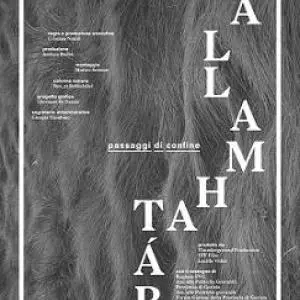
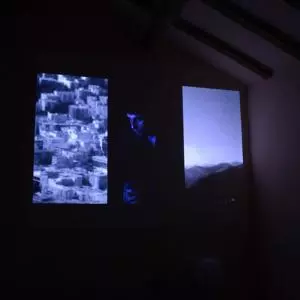
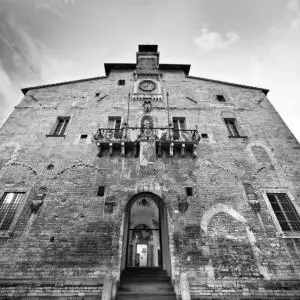
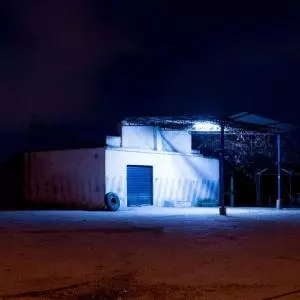
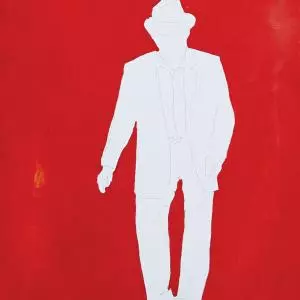





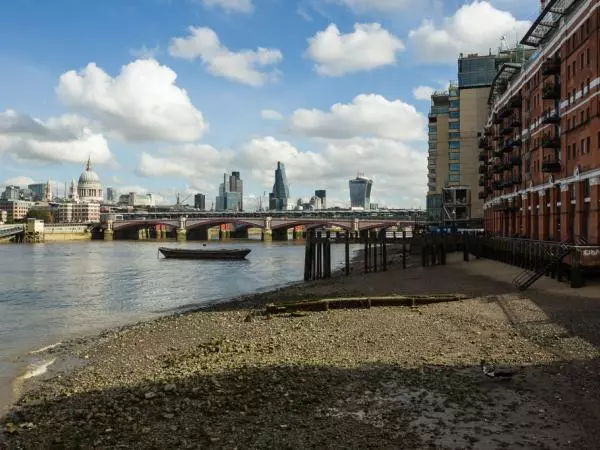
Comments 0
Say something